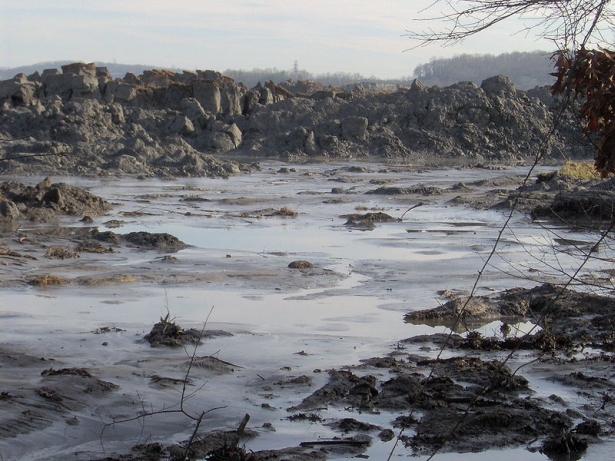The second round of this year’s climate negotiations have wrapped up in Bonn, Germany, and government negotiators are digging in to their positions, making the chances of signing any global climate deal in Copenhagen this December – let alone a fair deal – increasingly slim.
A snapshot at the midpoint on the road to Copenhagen reveals that much has stayed the same since last time parties were assembled here in March. Two major hurdles block forward movement in reaching an agreement: the lack of political will by industrialized countries to commit to deep cuts in their greenhouse gas emissions, and resistance on their part to deliver comprehensive financing to help poorer countries deal with locked-in climate change and a shift to ecologically sustainable development.
What’s beginning to change with this round of talks is how developing countries and climate justice movements frame both of these issues.
The Climate Debt Must be Repaid
According to a growing number of governments and civil society organizations the developed world owes the developing world a twofold climate debt. The greenhouse gases that rich countries have released to date directly translate into physical impacts and financial losses in poorer countries. At a technical briefing arranged by UN officials on historical responsibility for climate change, Bolivian ambassador Angelica Navarro noted a loss of 4 to 17% of GDP each year in her country as a result of changing weather patterns. These impacts constitute an “adaptation debt.” And to pay it off, those who caused the problem must fully compensate developing countries for the effects of their emissions.
A second debt – an “emissions debt” – is a bit more complicated, but no less real. It’s based on the scientific fact that the atmosphere has a limited capacity to absorb greenhouse gases before reaching the tipping point of irreversible climate chaos – and on the principle that every person, no matter where he or she lives, has an equal right to the remaining atmospheric space.
The South Centre, a Geneva-based intergovernmental organization, estimates that the space left can hold up to 600 gigatons of carbon dioxide emissions – and the people in industrialized countries have already used more than their fair share. With less than 20% of the world’s population, they have emitted almost three quarters of all climate change gases. According to Martin Khor, director of the South Centre, if rich countries don’t radically change course they will have used up 240 gigatons of the atmospheric space by 2050, although based on population their allocation should only be 125 gigatons.
In other words, developed countries have taken out a loan of 115 gigatons of carbon dioxide, and developing countries are asking for it back. As people in poorer nations continue to improve their quality of life, fight for access to electricity, and grow their domestic industry they will need this space. The idea that poorer countries shouldn’t use the atmospheric commons to develop is not only unjust, it’s unrealistic. Failing to take this reality into account at the negotiations will doom the people and economies of all nations.
How Low Can You Go?
The implications for developed countries here in Bonn and on the road to Copenhagen -where world leaders are supposed to reach an agreement that will pick up where the Kyoto Protocol leaves off in 2012 – are profound. To repay their emissions debt they must commit to drastic reductions in greenhouse gas emissions. Developing countries are calling for cuts of 45 to almost 80 percent from 1990 levels in the next 10 years. Some researchers are saying that to avoid a climate catastrophe reductions from rich countries actually have to plunge to 100 percent – and then go negative by the middle of the century.
Even with a clean energy and land use revolution, it’s close to impossible for countries like the U.S. to meet such ambitious targets. The balance of their climate debt, then, will have to be repaid in a transfer of money and clean technology to developing countries so that they can create new economies that are low-carbon and still meet the needs of their citizens. The price tag will be along the lines of hundreds of billions of dollars a year.
Industrialized countries have balked at the sum, but their obligation to deliver this support is already enshrined in the UN Framework Convention on Climate Change, a global agreement which even the U.S. signed. And if the bank bailouts have taught us anything, it’s that where there’s a political will, there’s a way to mobilize trillions of dollars.
Meena Raman, researcher and legal advisor to the Third World Network and former Chair of Friends of the Earth International, called the technical briefing and the introduction of the climate debt concept “one of the most important moments in the history of the Convention.” But if climate talks in Copenhagen are to yield a just and effective result, the conversation must move beyond concepts to commitments from nations with the greatest historical responsibility.



